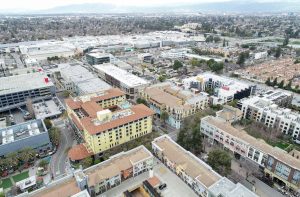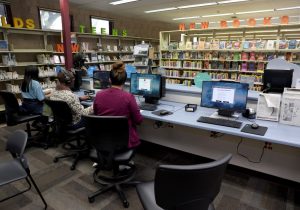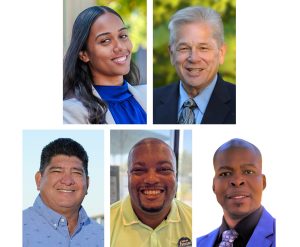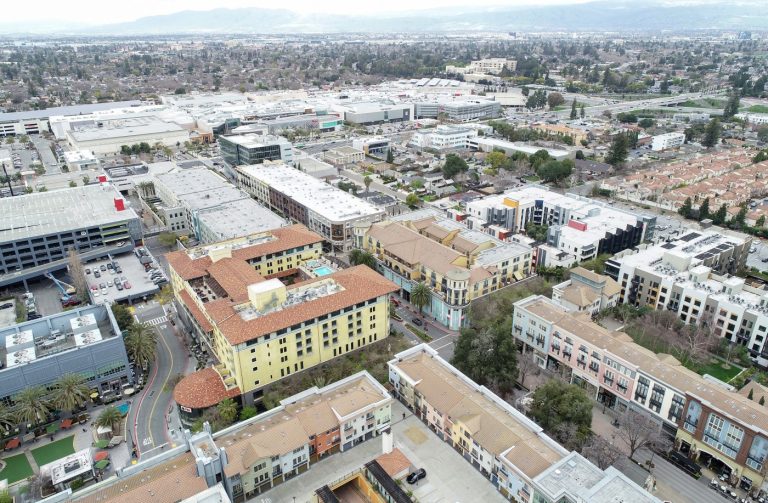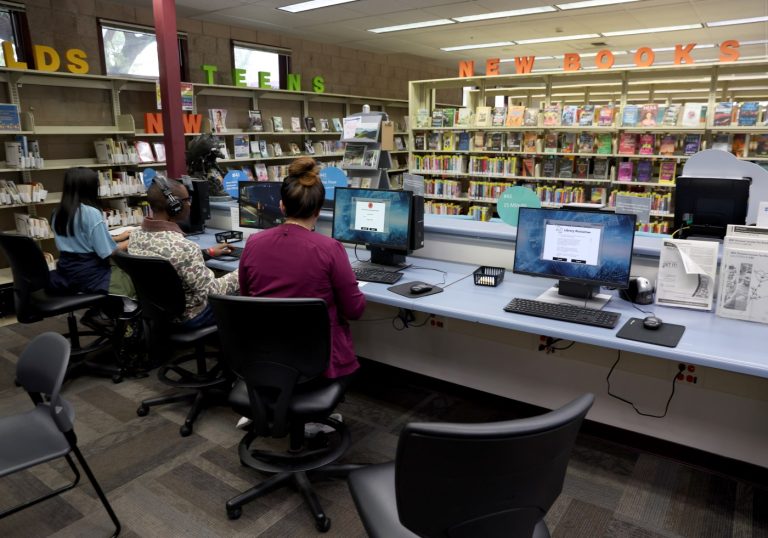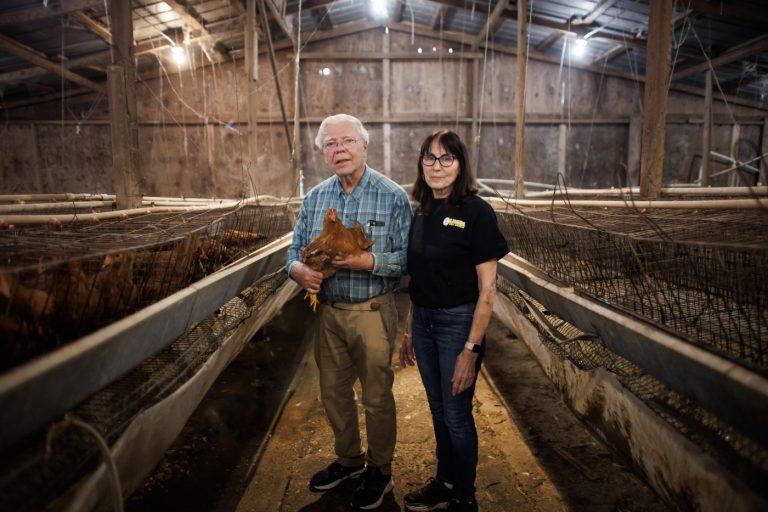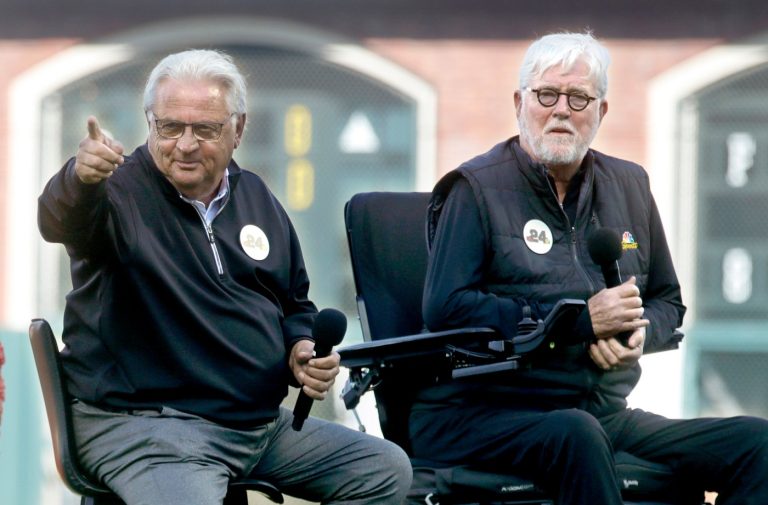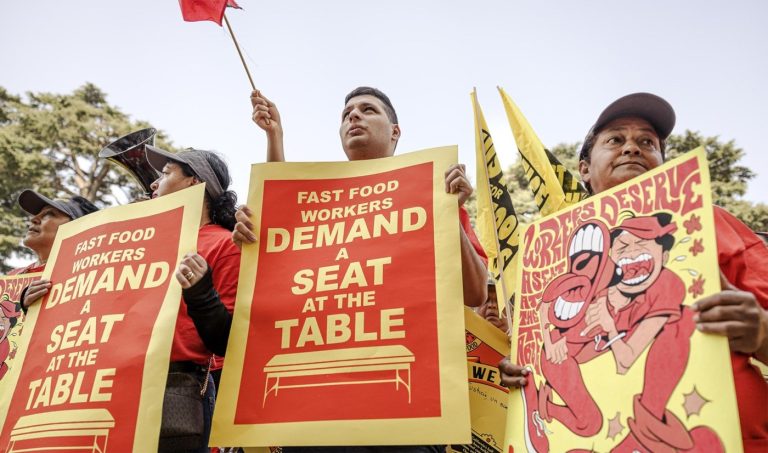Summer may be over, but there’s a hot debate brewing that’s becoming more intense and thought provoking by the day, and it’s all about — grass?
Yes, grass. As school districts look to resurface their athletic fields and cities consider how to update public parks, local leaders must decide what kind of play surface to install. And, the two options — natural grass or artificial turf — are sharply dividing Bay Area residents.
Turf, which is made from thousands of synthetic fibers and crumb plastic infills, is quickly becoming America’s go-to field material for its ability to provide a smoother, year-round surface at a lower maintenance cost than grass. The artificial turf market is projected to nearly double in the U.S. by next year. Americans are installing 1,500 new turf fields each year, contributing to 19,000 fields around the country, according to the Environmental Protection Agency.
However, there is strong resistance to the material too, from those who point out that turf infills contain PFAS or “forever chemicals,” which break down slowly and can cause serious environmental harm and adverse health effects, including cancer.
Artificial turf at Diesner Field at Fremont High School in Sunnyvale, Calif., on Monday, Feb. 26, 2024. (Nhat V. Meyer/Bay Area News Group)
The Sunnyvale City Council and Santa Clara County Board of Supervisors recently considered banning turf within their jurisdictions after residents expressed concerns. But it wasn’t until residents showed up in droves to voice their opposition to the ban that leaders ultimately postponed the decision to a future date to allow for more research about the pros and cons of using grass or turf.
While the debate is not as intense as in other parts of the Bay Area, turf has generated some measure of controversy in the East Bay too. In 2017, Fremont sued FieldTurf USA, claiming the Florida-based organization sold the city three artificial turf fields that were flawed and deteriorated faster than what was promised. New turf installations have recently taken over East Bay recreation areas, like Cayetano Park in Livermore, and the Witter Field at Piedmont High School. The Pleasanton Unified School District is also looking to install turf at its elementary and middle school fields in the upcoming years
Turf has been praised for its ability to allow multiple sports to be played on a single field, even in inclement weather conditions. It is also an even and weed-free surface that doesn’t need to be fertilized or frequently watered, according to the Synthetic Turf Council, a Maryland-based nonprofit that advocates for the turf industry.
Those benefits have Sunnyvale resident Sandra Todd convinced that installing turf fields will support local sport organizations. Todd, who is an advocate for youth sports and against banning turf, said there is already a shortage of fields in Sunnyvale for athletes to use, and grass fields typically close during the wet and cold winter months.
“We don’t have more land to make more fields,” she said. “We have to make better use of the space we have.”
Sunnyvale Alliance Soccer Club President Damon James agrees that turf is convenient for both cities and athletes. The club hosts recreational and competitive soccer games at a mix of grass and turf fields all around the city and Santa Clara County. James said club players would love to play on high-quality natural grass, but there is little hope of that happening in Sunnyvale. During the season, city-owned grass fields are often poorly maintained, James said, and club volunteers have to spend time patching up dirt holes and picking up goose excrement. “It’s taxing on a volunteer-run organization like us,” he said.
American midfielder Gabriella Munoz (4) kicks a corner kick against Mission San Jose during the first half of a girls’ high school soccer match in 2024 in Fremont. (D. Ross Cameron for the Bay Area News Group)
But Sunnyvale resident Andrea Wald believes the dangers of using artificial turf are obvious and well-reported. Wald said she is disappointed that cities and school districts will consider giving turf a chance, despite all the work she and other community members have done to inform the council of the environmental and health dangers.
According to the Santa Clara County Medical Association, turf is a hub for toxic non-biodegradable chemicals like PFAS, which can potentially contaminate water supplies and leach into groundwater and soil. Excessive use of turf can also create heat islands — urbanized areas that experience higher temperatures than outlying areas — which pose a risk of burns, heat stroke and heat exhaustion. Grass, on the other hand, is cooler, softer and provides sensory opportunities that are important to the health and wellbeing of children, the association states.
Castro Valley girls play their soccer game on artificial turf at Castro Valley High School in Castro Valley. There’s a hot debate brewing in Bay Area school districts over which is better, artificial turf or natural grass. (Ray Chavez/Bay Area News Group)
“It’s ridiculous that it takes so much effort to wake up the world,” said Wald, who is co-founder of Community for Natural Play Surfaces, a group of local parents and environmental activists who advocate for natural play surfaces and educate people on the harms of artificial turf and other unsustainable materials.
Cities and counties didn’t always have the power to banish turf. In 2016, in the midst of a historic drought, California prohibited jurisdictions from limiting residents’ ability to install drought-tolerant landscaping like turf. One full-size synthetic turf sports field reportedly saves 500,000 to one million gallons of water each year, according to the turf council. However, last year Gov. Gavin Newsom passed Senate Bill 676, updating the language to allow local governments to enact more restrictions on artificial turf and synthetic grass.
Last year, Millbrae City Council passed an ordinance banning the installation of artificial turf and synthetic grass, one of the first cities in the Bay Area to do so. Around the same time, San Marino in Los Angeles enacted a similar but temporary ban that will be revisited by the council in October.
It’s not just cities that are facing turf pushback from locals, but school districts, as well. In April, the Fremont Union High School District Board of Trustees — which serves students across Cupertino, Sunnyvale, Saratoga and San Jose — voted to upgrade their old turf at several athletic fields, despite calls from Wald and other community members to make the switch to grass. The same resistance popped up last year in Los Gatos and Saratoga when the local high school district decided to replace their outdated turf fields with more turf.
Susan Hinton, however, said cities and school districts can still invest their resources into keeping and installing grass fields, especially since artificial turf wears out after eight to 10 years and needs to be replaced.
“There are many reasons to not put artificial turf on the landscape or anywhere,” said Hinton, a member of the Sierra Club Loma Prieta Chapter who actively campaigns against artificial turf.
Related Articles
SJ school employee paid boys $6,315 to film pornographic videos, sold teen’s underwear online
Tensions escalate between West Valley high school superintendent and community members
The brutal story behind California’s new Native American genocide education law
California English and math test scores rise for first time since the pandemic, but still show pandemic learning loss
Ousted Santa Clara County superintendent sues Board of Education
Dashiell Leeds, conservation organizer at the chapter, said natural grass can allow for just as much playing time as turf can. Leeds believes Local governments and school districts should explore grass as a safer alternative to turf, as the later can expose athletes and ecosystems to microplastics.
“At the end of the day, we want kids to play on these fields and get play time,” he said. “We want to encourage jurisdictions to explore natural grass field management techniques to meet the needs of the community. They can be met with natural grass.”

